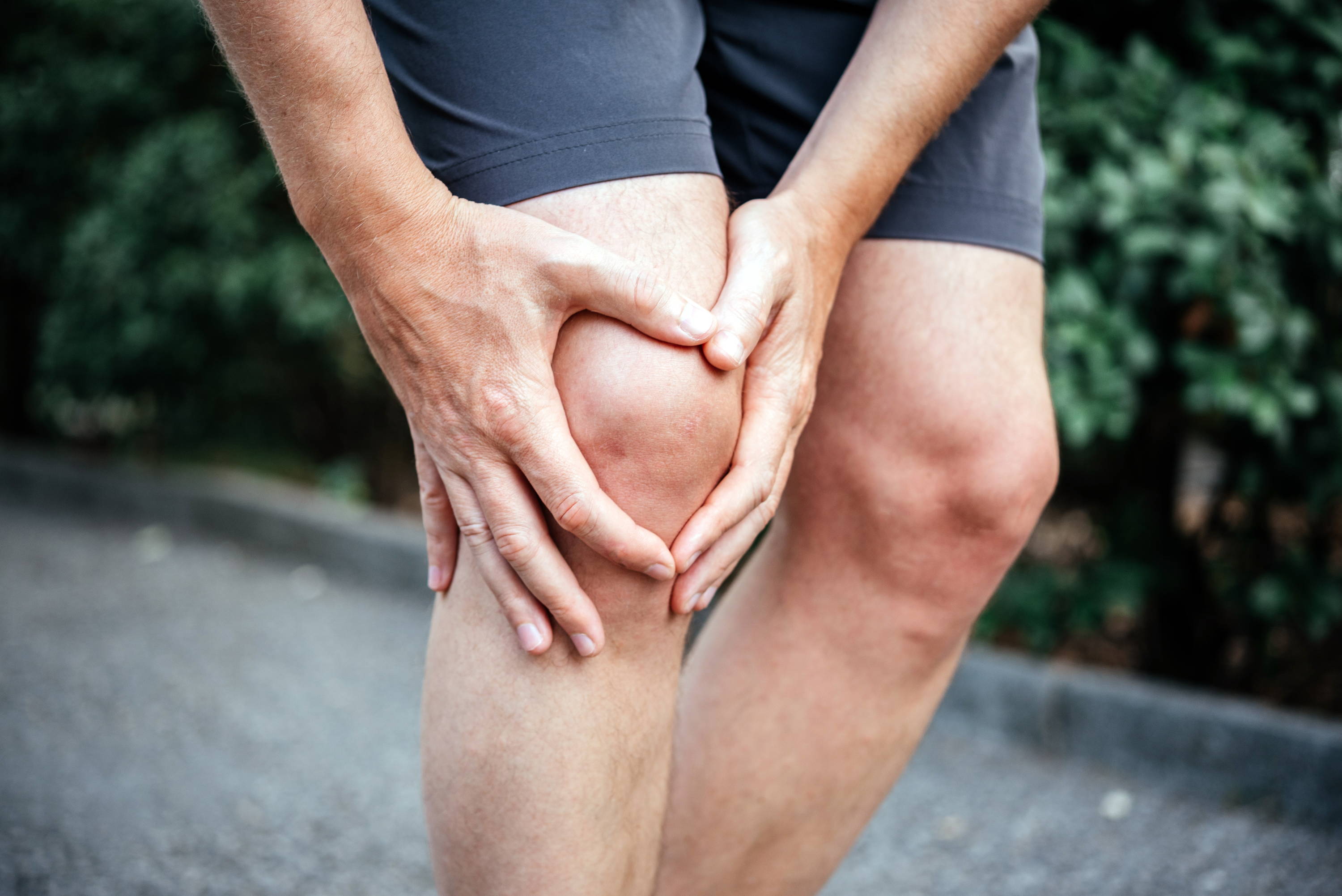Every runner knows the feeling. Whether it’s a nagging knee or tight hamstrings, it seems like pain comes with the territory of being a runner. Some even wear it as a badge of honor.
It doesn’t have to be this way. Although the warrior mentality many runners possess is admirable, it’s not always smart to push through the pain. There comes a point when pain becomes an injury, and that can leave you sidelined for longer than you’d like. Before you head down the recovery road, it’s important to know the signs and when it’s time to back off your training.
At Holabird Sports, we know how frustrating it can be when you’re injured and unable to do what you enjoy. For over 40 years, we’ve helped our customers overcome their injuries, get back on the road and return to their favorite activities.
That’s why we’ve teamed up with the experts at True Sports PT to help you avoid injury and spend more time running those miles. Let’s take a deep dive into one of the most common running injuries: Patellofemoral Pain Syndrome, otherwise known as runner’s knee.
What is Patellofemoral Pain Syndrome?
Patellofemoral Pain Syndrome or Runner’s knee is a broad term used to describe pain in the front of the knee. The pain can be generated from the soft tissue in the front of your knee (tendons and fat pad) and in some instances from wearing away of the cartilage under the kneecap. This often occurs when the kneecap moves in an abnormal pattern during running. It results in dull pain around the patella, or the front of the knee where it connects with the lower end of the thigh bone, or femur.
Runner’s knee is caused by a variety of factors, including a structural issue or a certain gait pattern. Others include: kneecaps that are too high in the knee joint, weak thigh muscles, tight hamstrings, tight Achilles tendons, lack of arch support, overpronation while walking or running and excessive training.
What are the symptoms of Runner's Knee?
The most common symptom occurs when you feel pain in and around the kneecap while performing activities such as running, squatting or climbing stairs. Another symptom happens when you experience pain after sitting a long time with your knees bent. This sometimes causes a feeling of weakness or instability in your knee.
Other symptoms include a rubbing, grinding or clicking sound when you bend and straighten your knee or feeling tenderness around the kneecap.
Keep in mind that many of the symptoms of Runner’s Knee may look like other conditions and health problems. Always consult with your healthcare provider for a proper diagnosis.
How do I treat Patellofemoral Pain Syndrome?
Remember the acronym RICE–it stands for rest, ice, compression and elevation. If that doesn’t work, doctors can give you medications to deal with the discomfort. Newer research shows the benefits of strategically loading the tissue surrounding the knee to improve strength and decrease pain. Physical therapists can help you determine the exercises that are best for your knee. You should stop running if pain levels exceed a 3/10 on the pain scale, as pushing through that amount of pain will lead to greater issues.
Wearing insoles will help keep your feet in a better alignment which can help your knee move in a better position thereby decreasing pain. You can also wear a recovery item over the affected area like KT Tape, a Knee Strap or compression sleeve. This provides support around the knee while increasing circulation to reduce swelling and soreness.
Other remedies include using a foam roller, massage ball or recovery gun to stretch the surrounding muscles of your knee. Spend a couple minutes a day to stretch your hamstrings, calves and quads to keep your legs fresh and protect your joints.
How can I prevent Runner's Knee?
Besides stretching, the best way to prevent Runner’s Knee is to be responsible with your training. Increasing your weekly mileage gradually will help your body get used to a greater training load and keep you on track to reach your goals. You can practice good habits like eating healthy and exercising regularly, which will help you lose weight and therefore place less pressure on your knees with every step.
It’s also important to wear the right running shoes. At Holabird Sports, our fit experts can lead you through a personalized analysis to determine your movement patterns and recommend the right style of footwear for your activities. You can also practice the proper running technique by leaning slightly forward with your knees bent, which reduces pressure on the patella.
Stretching and Strengthening Exercises
We hope you're enjoying the Holabird Sports and True Sports PT recovery series, where we explore the most common running injuries and how to avoid or overcome them. Stay tuned for our next post where we'll dive into the symptoms, prevention and treatment for Shin Splints!

